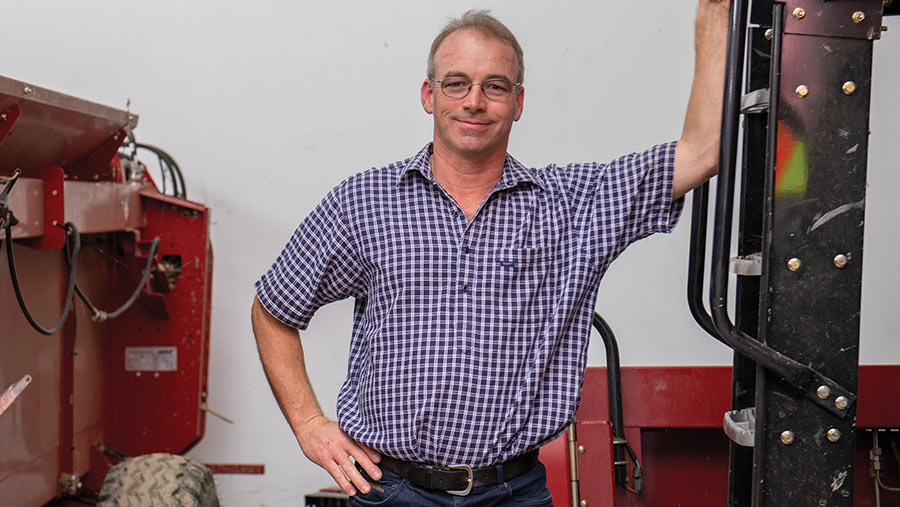Farmer Focus: Pain ahead with drought and falling commodity prices
 © Emmily Harmer
© Emmily Harmer It seems that when the pendulum swings out to one extreme, it doesn’t return to the centre, but takes a wide arc out the other side.
From record-high product prices during 2022, we saw some relief from exponentially increasing input costs.
However, overall our profitability was reduced as we saw margins and working capital eaten away by never-ending cost increases.
See also: Seed sales show heavy reliance on limited number of varieties
Globally, commodities are falling in value as a result of production volumes, an easing in the risk rally associated with the Ukraine war and tough times in retail economies pegging back consumer spending ability.
While we are seeing falls in some input costs, fertiliser has only returned halfway to previous levels, chemical price reductions are muted, fuel prices are rising again and everything else, from services to equipment, appear to be priced on a strategy of extortion.
Our product prices are falling severely. For us here at Valetta the fall in lamb export values is worth more than NZ$500,000 (£235,000) compared with last year’s schedule.
Fortunately, all of our grain in store was sold at good values during the harvest and we are extremely well-covered with seed production contracts for the 2024 harvest.
Our dairy farmer friends are seeing a similar drop in milk products.
A 30% reduction in income, coupled with a doubling of interest rates, is very challenging to the viability of the dairy industry, particularly those carrying high levels of debt.
On the weather front, our last rain of any quantity was in June and that may mark the end of a very wet three years dominated by a “La Nina” weather pattern of north-easterly conditions moving rain events of tropical origin across the country.
The transition to “El Nino”, which is a westerly/southerly pattern, can often be severe and result in drought conditions lasting 12-18 months in the east of the country.
A couple of hours south of us they have only had one decent rain since autumn.
A drought and falling commodity prices could mean we have a bumpy journey ahead.


